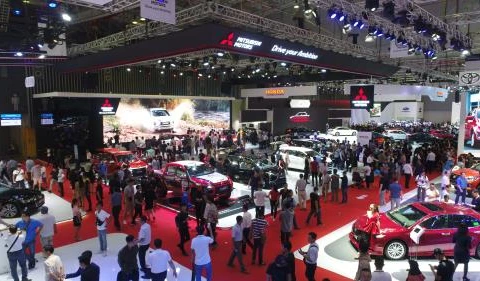Jakarta (VNA) – Indonesia sold 1.03 million cars in 2019, a drop of 10.8 percent year on year from 1.15 million units the previous year, due to the weak demand and other factors, according to the car manufacturer association (Gaikindo).
In December only, 86,582 cars were sold, lower than the 90,798 units sold in November and 87,846 vehicles in the same period of 2018. The market leader was still Toyota, with the sale of 333,222 units, followed by Daihatsu 177,284 units, and Mitsubishi 161,765 units.
Earlier, Gaikindo had predicted the car sales would not be achieved because of low demand, tight competition, and influx of new players and variants from abroad, such as Wuling, Mitsubishi Xpander, and Nissan.
According to analysts, car sales still have an opportunity to enjoy a two-digit growth if the economy grows by around 7 percent. They expect that throughout 2020, discount wars will decrease significantly as the producers are beginning to maintain their profit margins.
The trend of exports and imports of Indonesian motor vehicles continued to show an improvement in the past five years. In 2014, exports accounted for 51.57 percent and imports 48.43 percent. The rates were 63.56 percent and 36.44 percent, respectively, in 2018./.
In December only, 86,582 cars were sold, lower than the 90,798 units sold in November and 87,846 vehicles in the same period of 2018. The market leader was still Toyota, with the sale of 333,222 units, followed by Daihatsu 177,284 units, and Mitsubishi 161,765 units.
Earlier, Gaikindo had predicted the car sales would not be achieved because of low demand, tight competition, and influx of new players and variants from abroad, such as Wuling, Mitsubishi Xpander, and Nissan.
According to analysts, car sales still have an opportunity to enjoy a two-digit growth if the economy grows by around 7 percent. They expect that throughout 2020, discount wars will decrease significantly as the producers are beginning to maintain their profit margins.
The trend of exports and imports of Indonesian motor vehicles continued to show an improvement in the past five years. In 2014, exports accounted for 51.57 percent and imports 48.43 percent. The rates were 63.56 percent and 36.44 percent, respectively, in 2018./.
VNA























